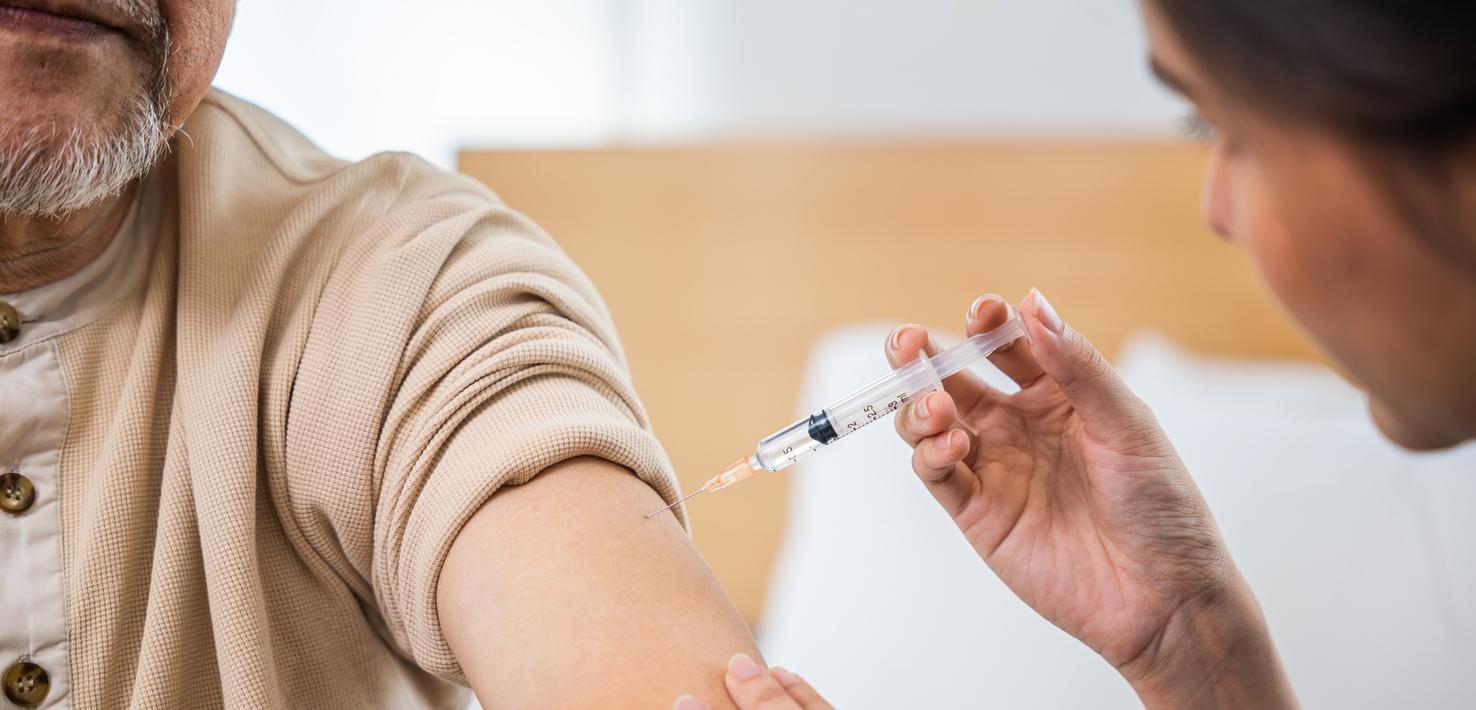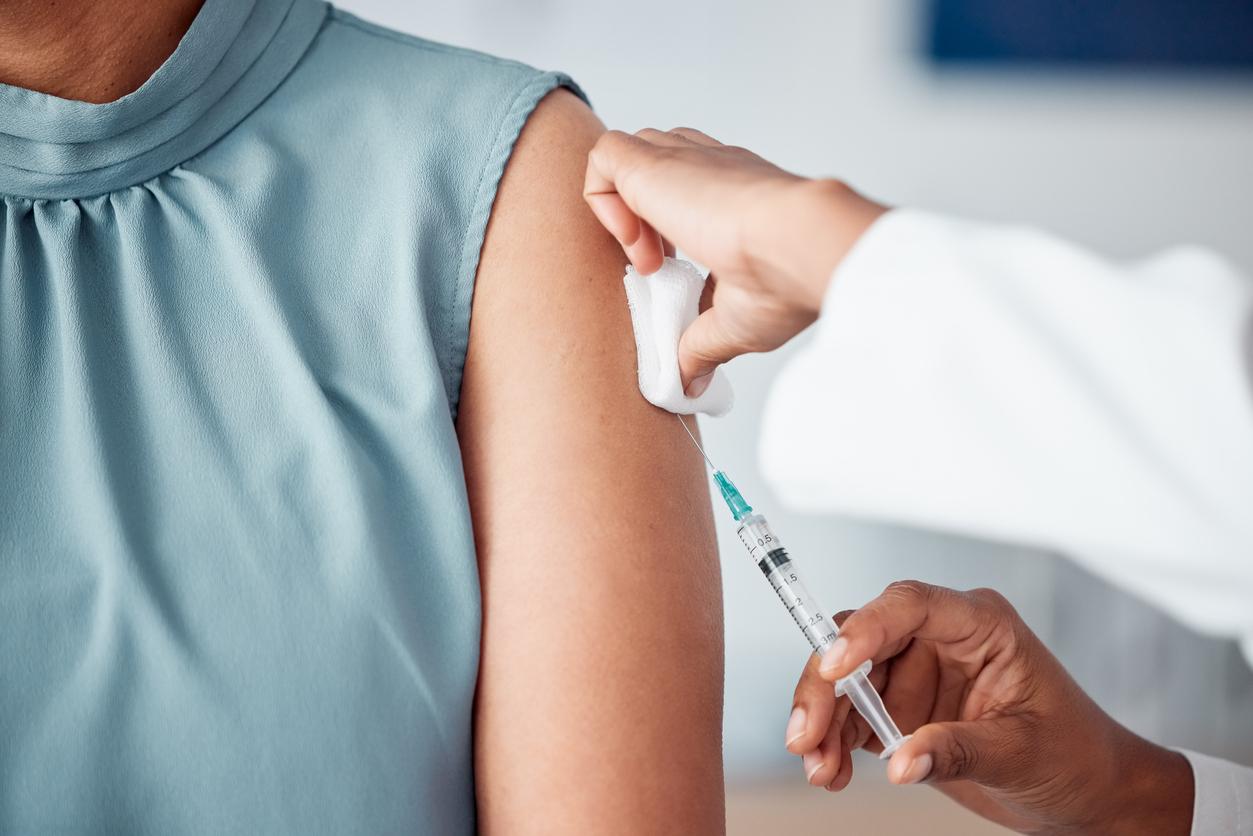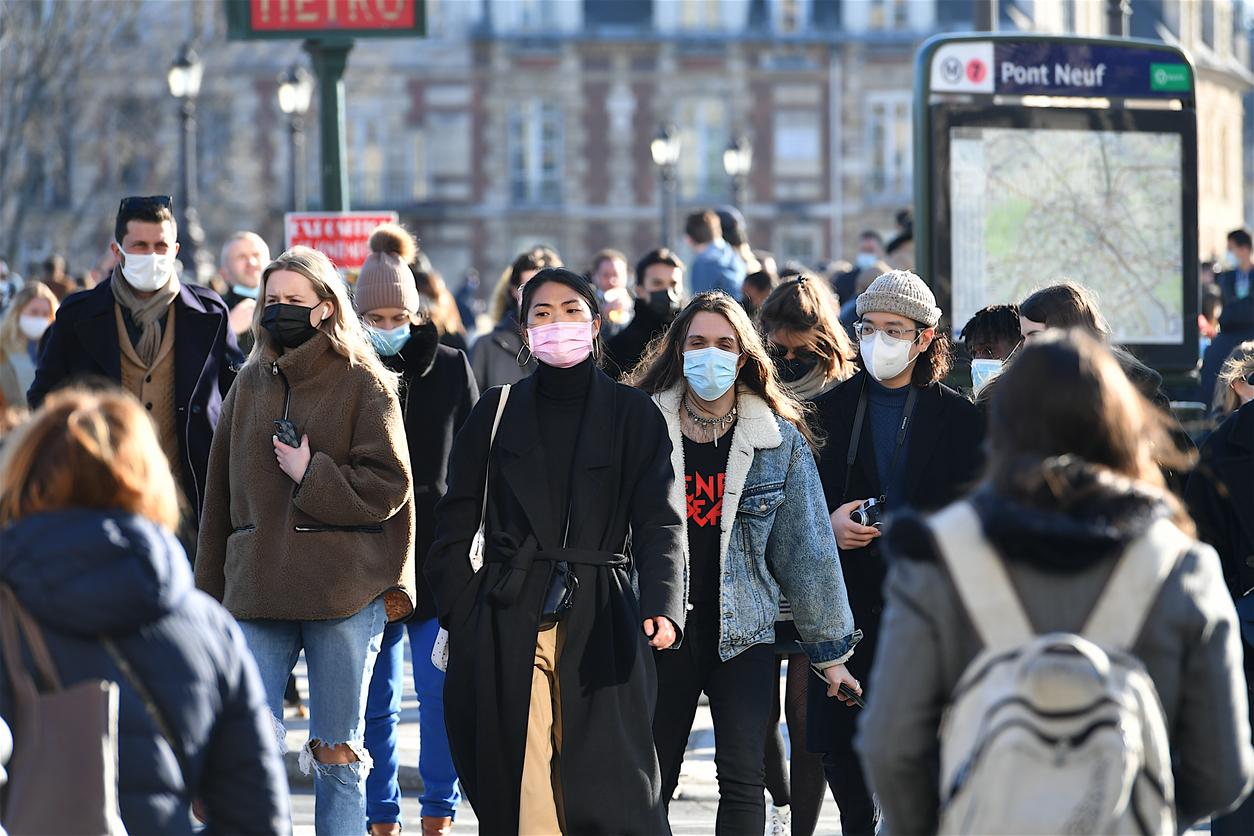
Something for you?
Between mid-October and mid-November it is time for the flu shot. It should protect you against the infamous influenza virus, a contagious, nasty disease with a chance of serious complications. What is in that shot and for whom is it needed?
Not every cold or what we colloquially call “flu” is influenza. Influenza is an acute inflammation of the airways caused by a virus. Healthy people can become seriously ill from influenza and people in the risk group run the risk of all kinds of unpleasant complications – from severe shortness of breath to pneumonia and even death.
What is the flu shot?
The flu shot is a vaccination against the influenza virus. The vaccine is given by injection into your upper arm – this may cause some redness, swelling and pain. You will not get sick from the vaccination, but your body will make sufficient antibodies in about two weeks. (Incubated chicken eggs are used to prepare the vaccine – so be aware if you have a chicken egg allergy!)
Why get a flu shot every year?
The flu shot really works and is the only protection against the flu. The number of cases of disease has decreased by 70-80 percent due to the vaccinations. The influenza virus changes a little every year, so that a new vaccine is compiled every year. This keeps your immune system up to date. Researchers hope to develop a one-time flu shot with lasting protection in the future.
Who gets the flu shot?
In principle, anyone can ask their doctor for the flu shot. A risk group (adults and children) has been composed for the free grip shot:
- Residents of homes and institutions (risk of contamination)
Persons: - age 60 and older
- with lung diseases (asthma, bronchitis, emphysema, etc.)
- with heart disease (arrhythmias, heart surgery, etc.)
- with kidney diseases (transplantation, dialysis)
- with diabetes
- with an impaired immune system (bone marrow transplant, HIV,
- treatment with cytostatics and/or radiotherapy for cancer, etc.)
If you fall outside the risk group but still want to be eligible for the free flu shot, you can discuss this with your doctor. You can also pay it yourself. In some cases, the health insurer reimburses the costs.
Employer and the flu shot
Your employer may also offer to pay for the flu shot. Some companies and institutions offer the vaccine to all their staff every year. You ultimately decide whether you want to use this.
Flu shot or not
If you belong to the risk group, it is wise to get the flu shot every autumn. Even if you feel healthy and fit, without vaccination you run an unnecessary risk of becoming seriously ill with all its consequences. Those who do not belong to the risk group can choose themselves.
Arguments for the flu shot
- The vaccine is the only ‘real’ protection.
- You will not get sick from the vaccination.
- The vaccine is harmless and good for your immune system.
- If you catch another virus, you are less likely to get sick.
Arguments against the flu shot
- Limited protection – you can still get sick from another virus.
- You do not belong to the risk group.
- You have a chicken egg allergy.
- The cost, time and effort.
- If you do not come into contact with the virus (contamination) you cannot become ill.
- If you fall outside the risk group and are healthy and fit, you have little chance of complications.
Where and when do you get the flu shot?
The flu often announces itself in December. You therefore get the flu shot in October/November – this way your body has enough time to make antibodies. If you belong to the risk group, you will automatically receive a call from your GP – possibly with date/time. If you have not heard anything yet, please contact the practice. Sometimes you will receive a prescription for the free vaccine with the call – you must collect this yourself from your pharmacy and take it with you to the appointment.
If you pay for the flu shot yourself, the costs are approximately twenty-five to forty euros. Ask your employer and/or health insurer for any reimbursement.

















